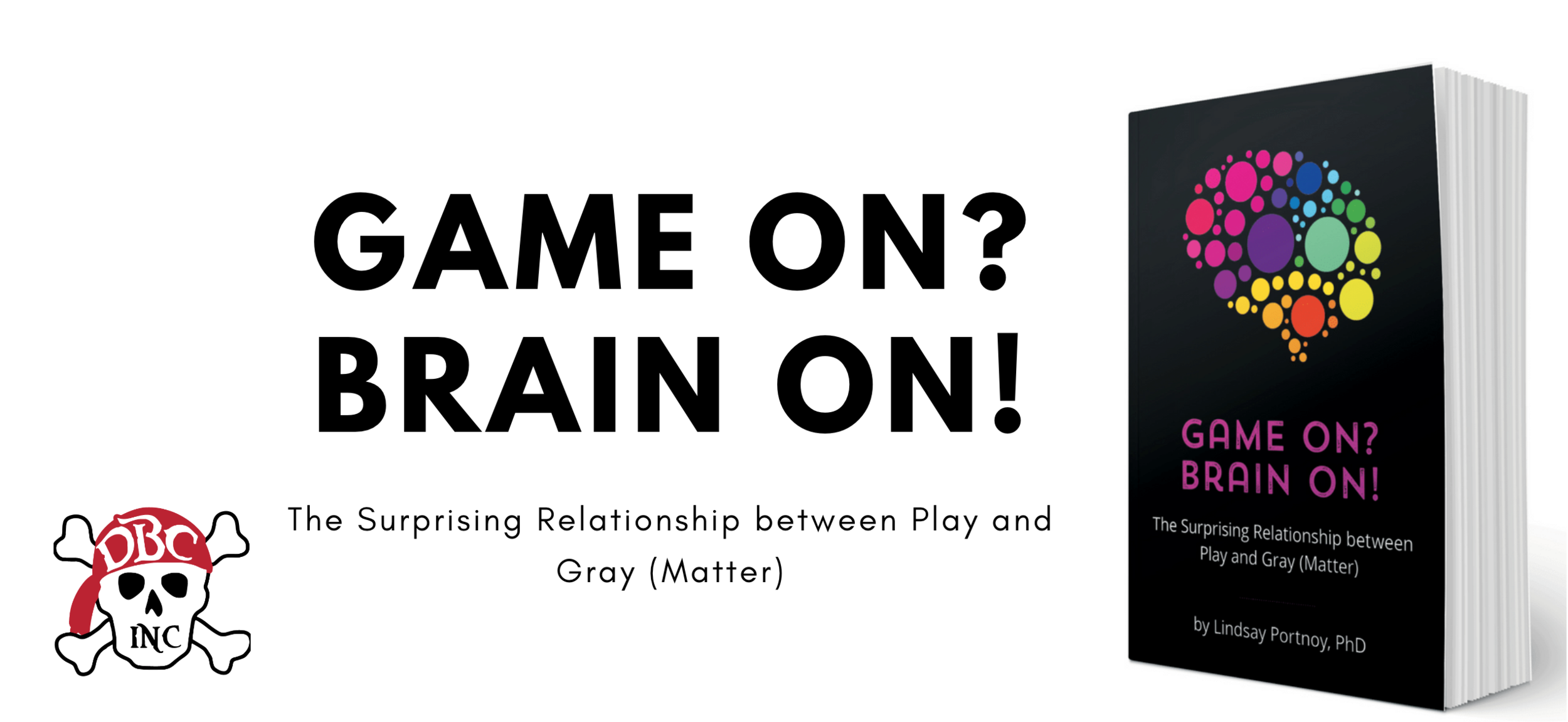Rules of Engagement
In chapter 2 we talk about how play is thinking in action. Game play invites divergent and convergent thinking as we create rules for our shared goals in play.
The way our kids learn through play is a model for how we collaborate in many spaces from setting up a science lab for an experiment to setting the kitchen table for dinner. It’s about knowing the parameters of a shared space, understanding what’s most important for that experience, and how and where you can find support when needed.
If you’re ready to take your game to the next level, download Level Up 6 from #GameOnBrainOn. You’ll want to keep these questions handy as you begin to infuse play into learning and living each day.
The questions move from simple (what’s the goal of the game?) to more complex questions such as when and where others can be invited to participate. But the hope is that together we can become more intentional about watching our kids (and ourselves) at play. By becoming more intentional in observing play, the context that shapes every aspect of our daily lives becomes crystal clear.
“Asking students to define the goal of their play is more than the question of how you win; it’s the question of what matters to each player.”
Moving beyond why to why not, we can level up living and learning by seeing how the rules of the game are made and how they define the ways we engage each day.
The rules of play are embedded with messages that enhance our rich neural networks to become more self-efficacious and resilient. They also help us take the perspective of others and widen our world view. Now that you’re really ‘in it to win it’ it’s time to pass go and get playing!


